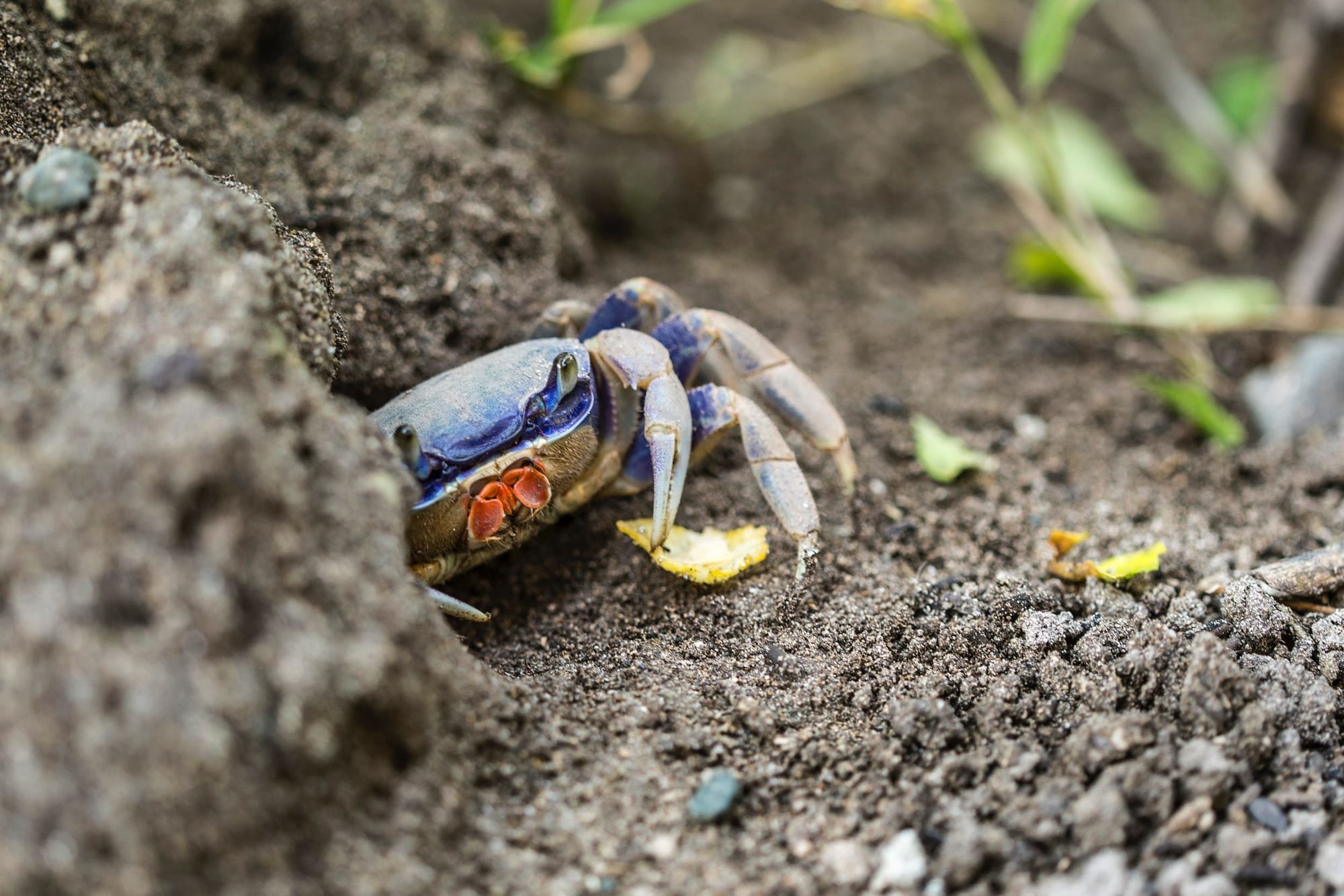Aegis Regulatory Alert - May 2023

Chesapeake Bay Blue Crab Rebounding
What’s new: The Virginia Marine Resources Commission has announced that the Chesapeake Bay blue crab population is showing signs of improvement after record lows, according to the results from the 2023 Bay-wide Blue Crab Winter Dredge Survey. Data from this most recent survey demonstrates an increase in population for all age groups for both sexes of blue crab, along with an increase in the abundance estimates for all crabs in the Bay.The Virginia Institute of Marine Science and Maryland Department of Natural Resources conducts the Winter Dredge Survey every winter when blue crabs are buried in the mud. From December through March, approximately 1500 sites throughout the Bay are surveyed. The adult females observed during this period are likely to spawn during the following summer, contributing to juvenile populations in the next year.The 2023 survey shows adult crab populations were markedly greater than last year’s survey – the number of adult males nearly doubling and adult females returning to above average levels. This is a promising sign, since a healthy abundance of adult females is critical to a healthy crab population in the future. However, there are some concerns with the juvenile crab population, which did not show the same population growth rate as the adult category.
Why It Matters: Not only is the blue crab fishery one of the Chesapeake Bay’s most valuable commercial fisheries, but a keystone species of the Bay as well because they play such an important role in the Chesapeake Bay food web. Lower populations of blue crab also contribute to raising prices on local crab for restaurants and consumers. With other factors, such as poor environmental conditions around the Bay, potentially being the root cause of the population decline, it is critical to address any underlying issues to promote a healthy ecosystem.
What's next: With this survey marking the first time in four years that blue crab populations haven’t declined, fisheries managers say that the Chesapeake Bay’s blue crab population isn’t out of the woods. While the exact causes of the recent low abundances aren’t fully understood, it is speculated that the blue crab population is impacted by a variety of factors such as water quality, predator abundance, and availability of habitat.Located and working in the Chesapeake Bay watershed, Aegis Environmental is committed to doing its part to protect the Bay. Our dedicated environmental experts can help ensure your environmental compliance so that together we can strive for improvements in water quality, increased sustainability, reduced pollution, and habitat protection.
For additional information related to this topic:
- The VMRC announcement of the 2023 Bay-wide Blue Crab Winter Dredge Survey may be obtained from: https://mrc.virginia.gov/notices/2023/2023-05-18-Virginia-BlueCrab.pdf
- Follow along with VMRC agency news and other public meetings at: https://mrc.virginia.gov/